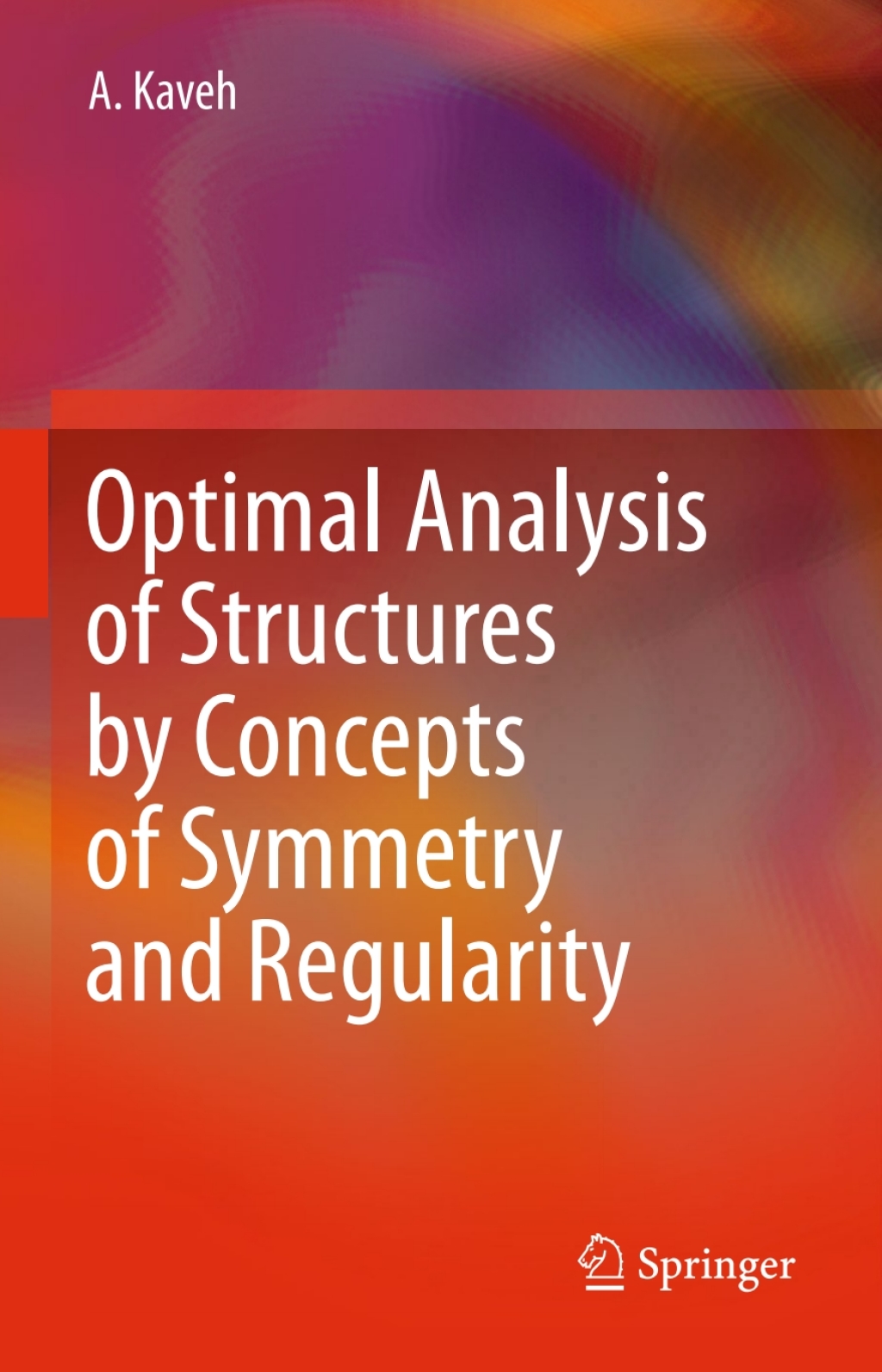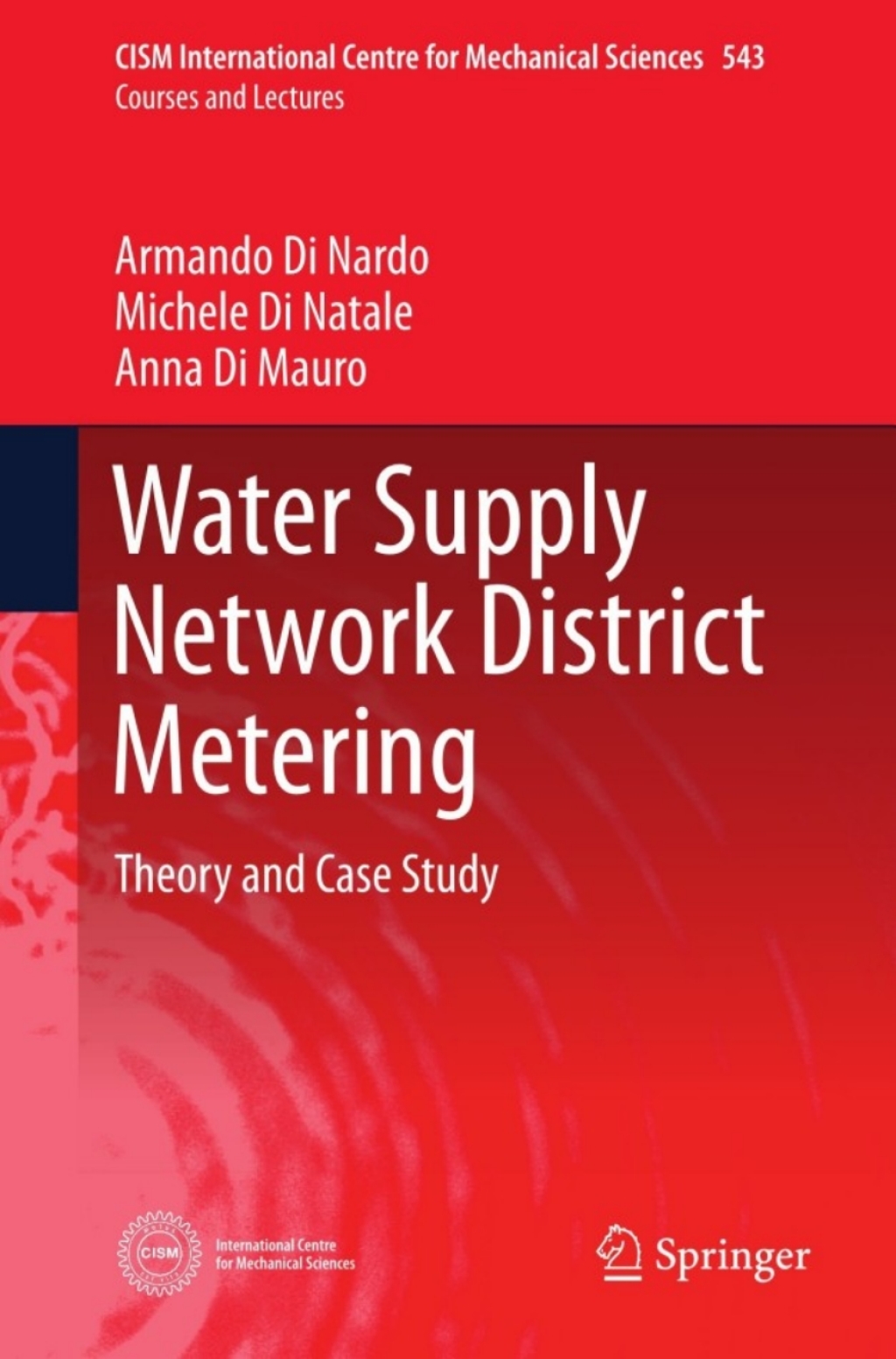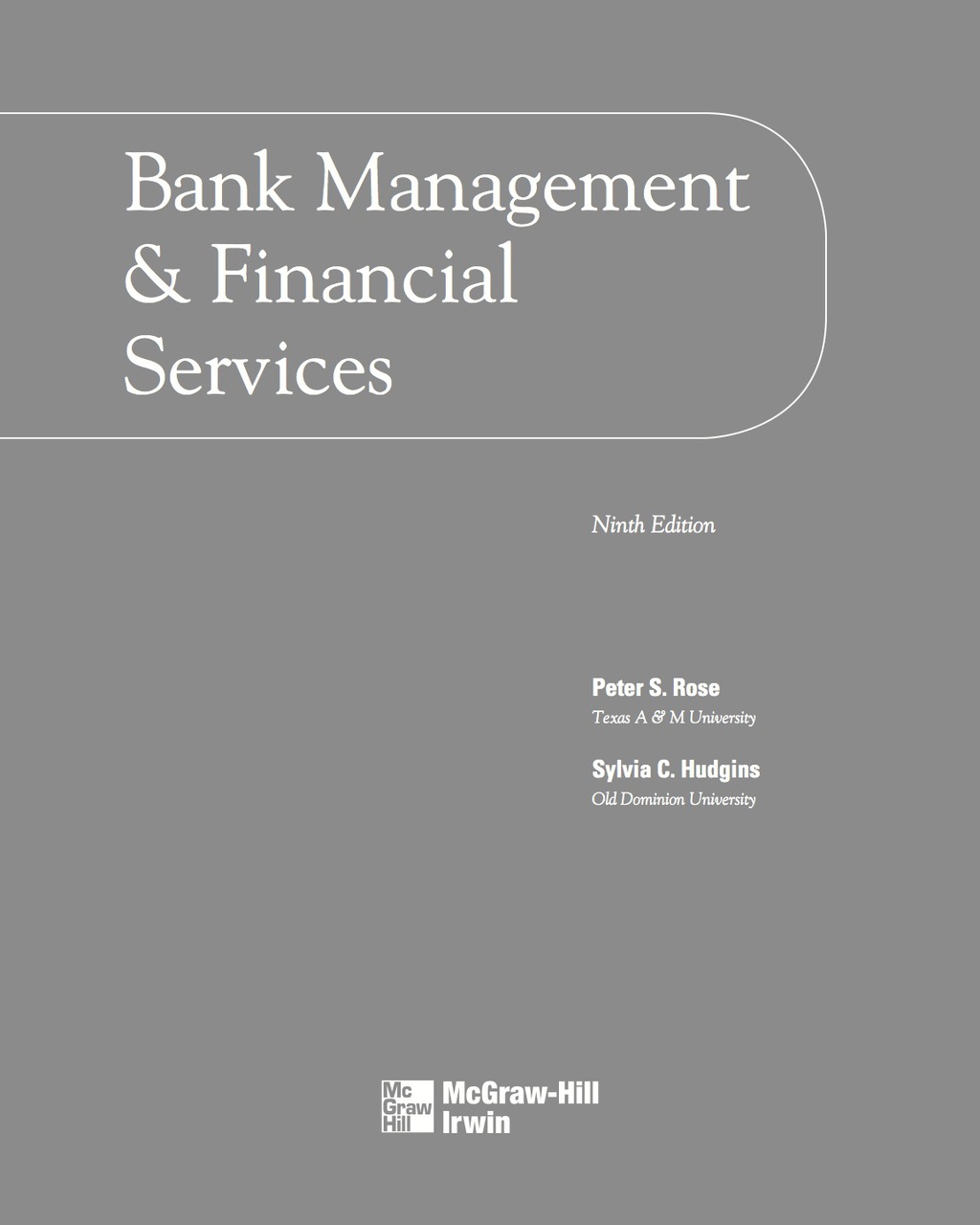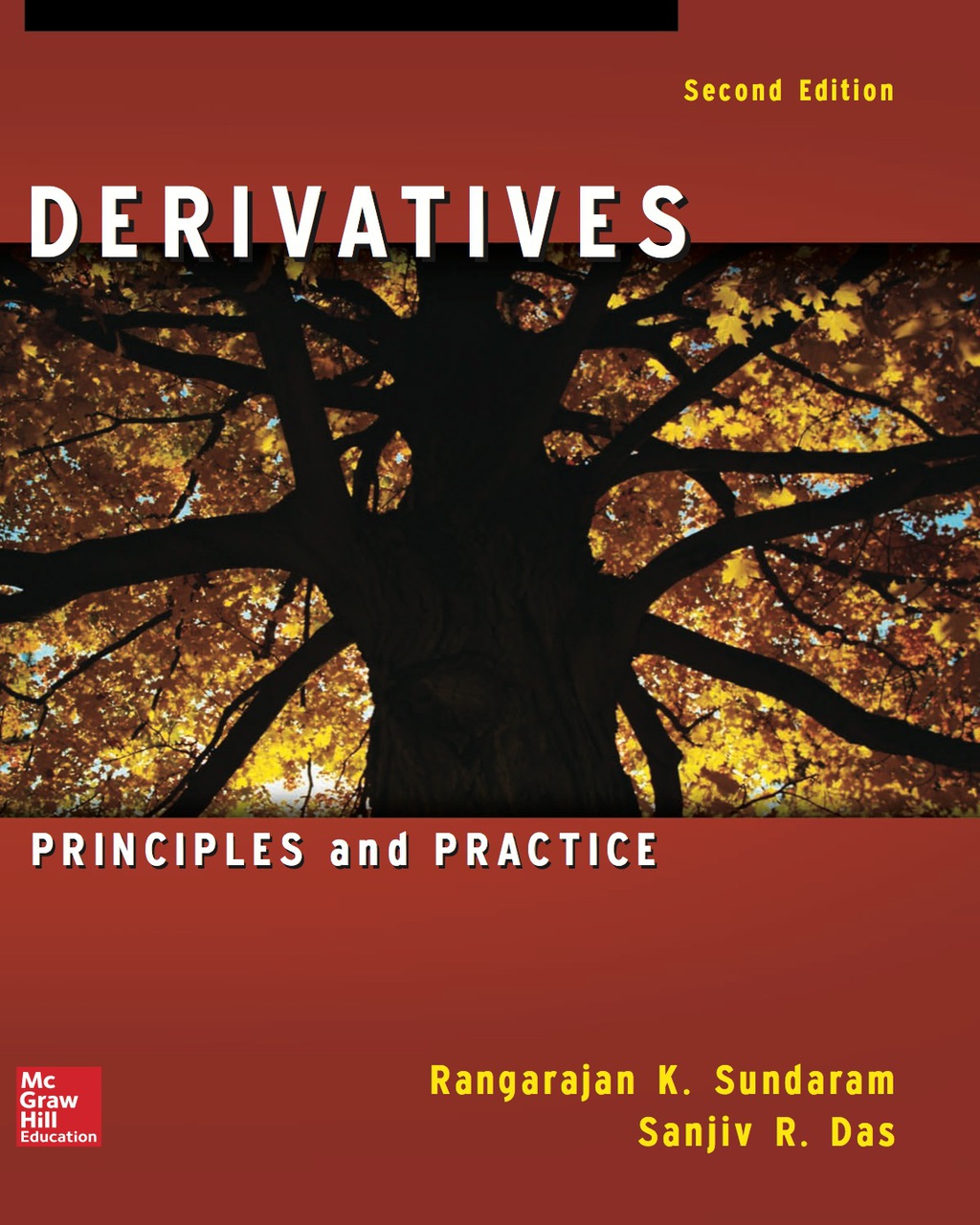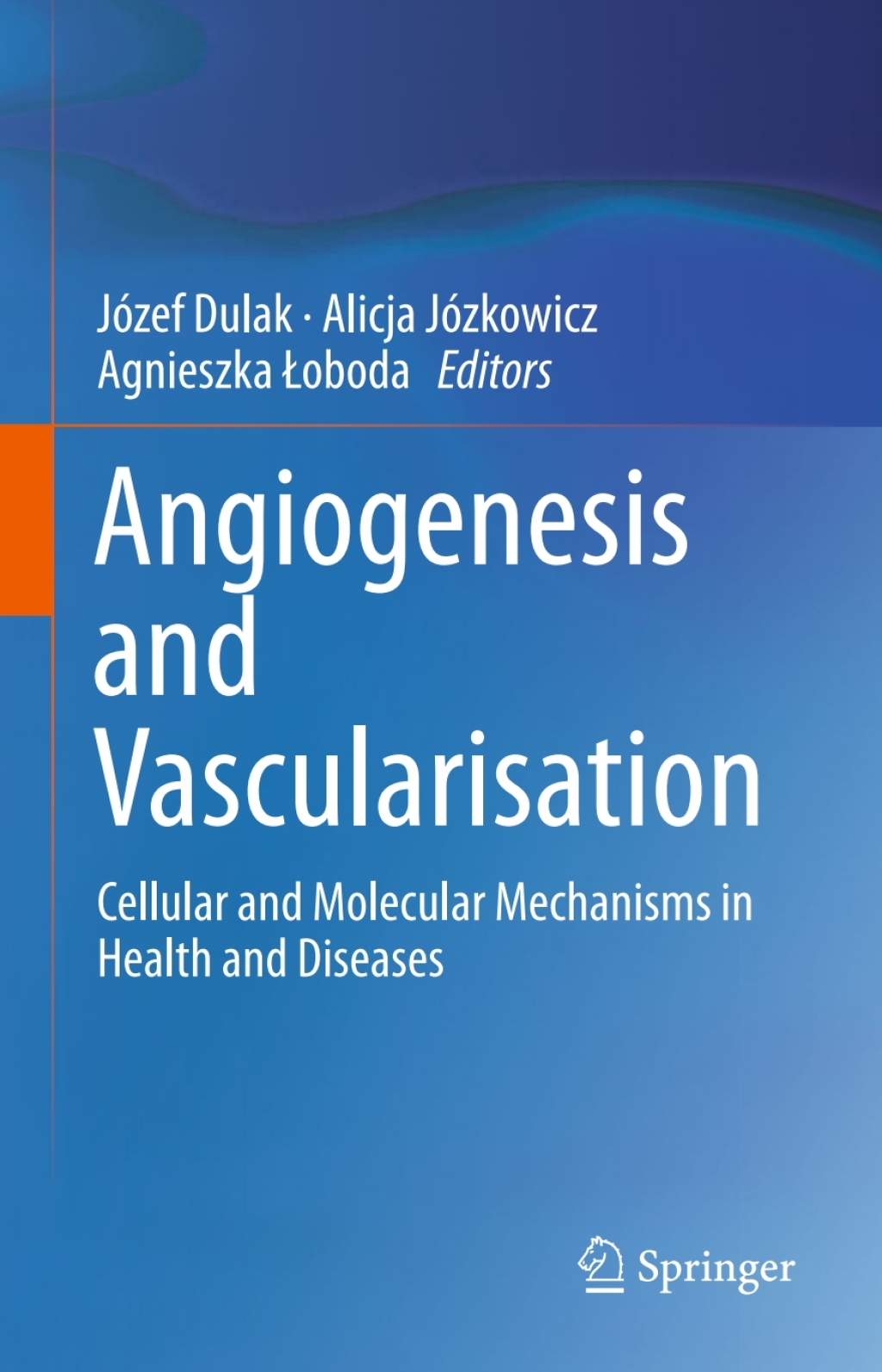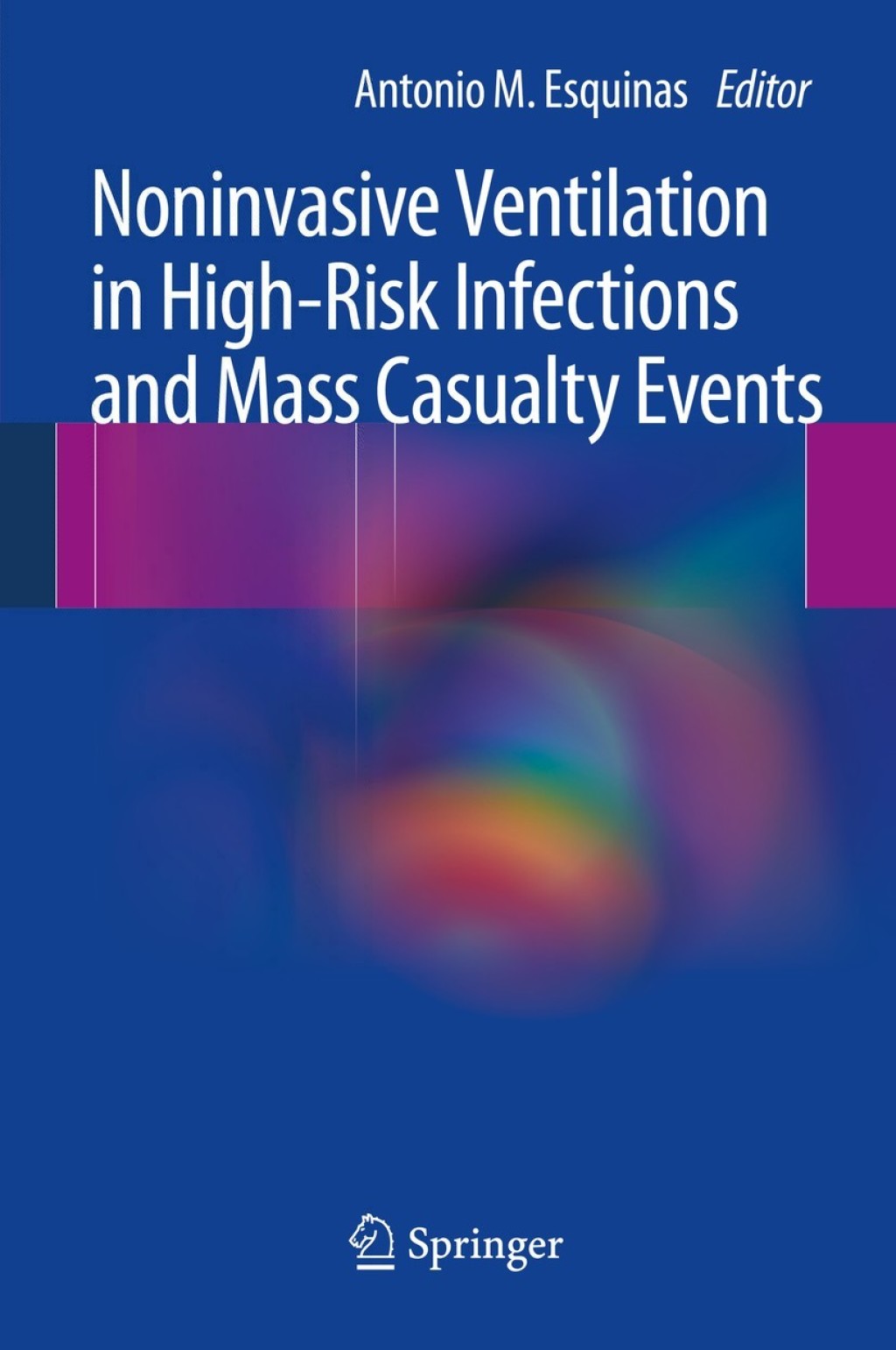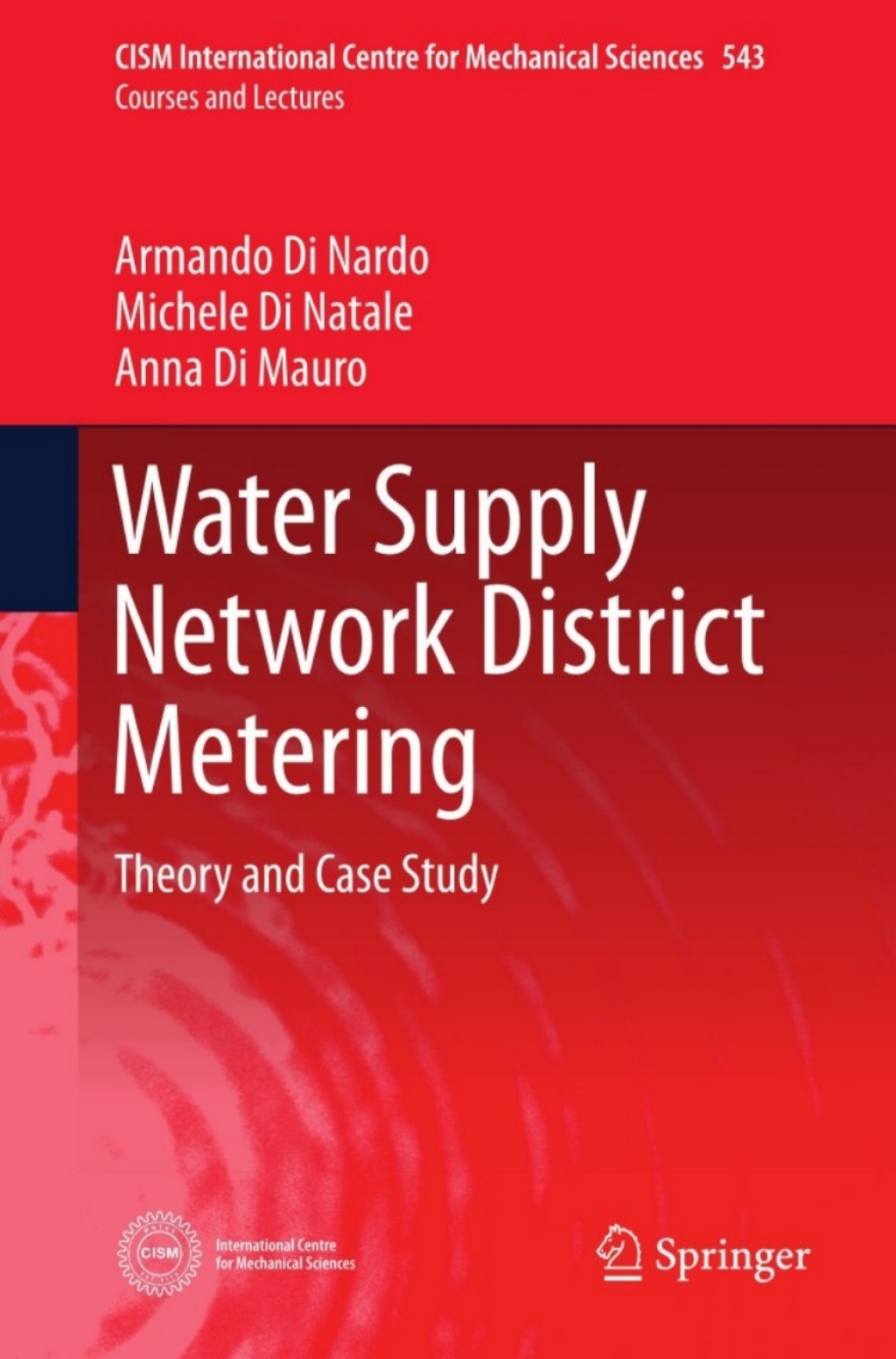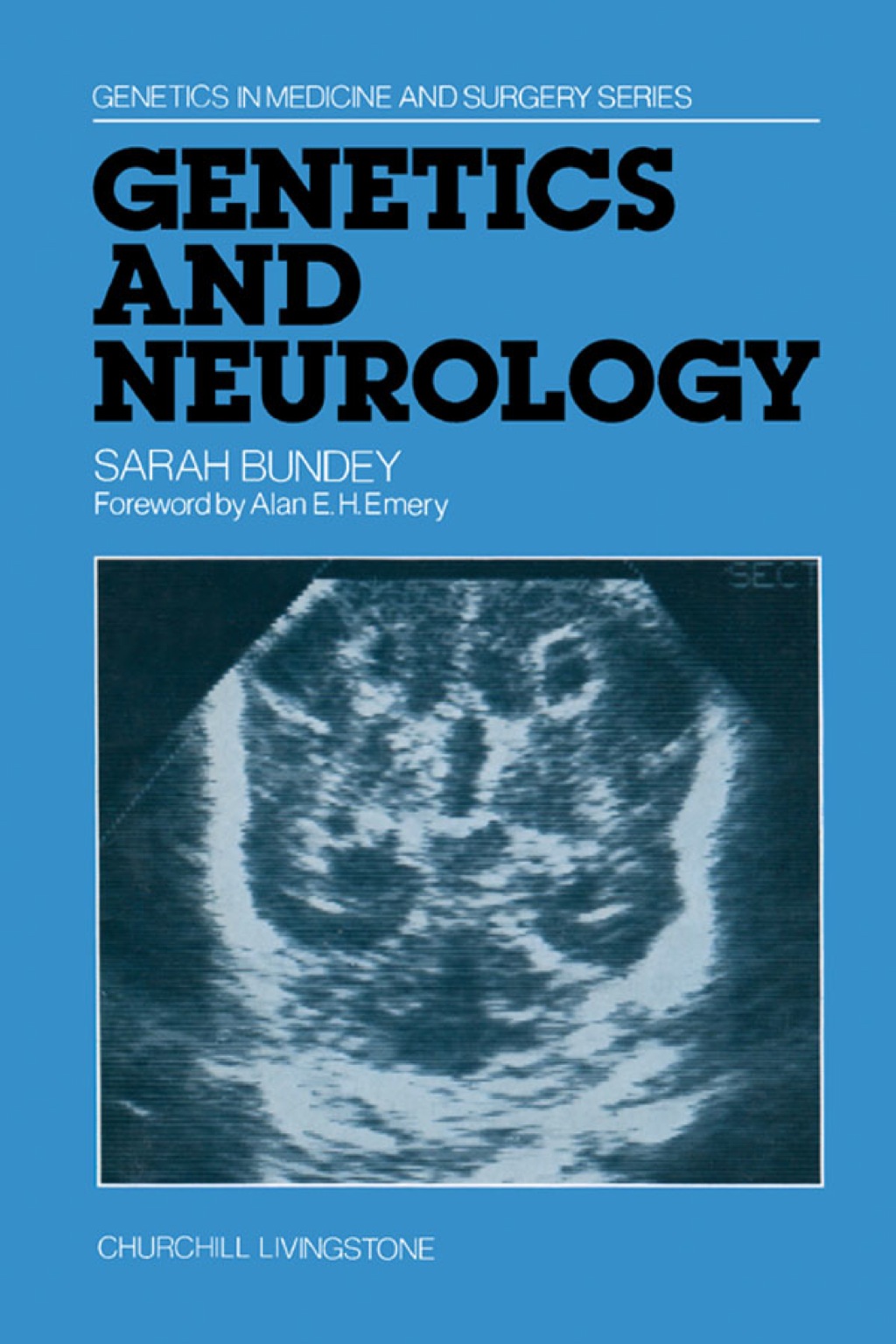Water Supply Network District Metering Theory and Case Study
Author(s): Armando Di Nardo; Michele Di Natale; Anna Di Mauro
Publisher: Springer
ISBN: 9783709114926
Edition:
$39,99
Delivery: This can be downloaded Immediately after purchasing.
Version: Only PDF Version.
Compatible Devices: Can be read on any device (Kindle, NOOK, Android/IOS devices, Windows, MAC)
Quality: High Quality. No missing contents. Printable
Recommended Software: Check here
Important: No Access Code
Description
Description
The management of a water supply network can be substantially improved defining permanent sectors or districts that enhances simpler water loss detection and pressure management. However, the water network partitioning may compromise water system performance, since some pipes are usually closed to delimit districts in order not to have too many metering stations, to decrease costs and simplify water balance. This may reduce the reliability of the whole system and not guarantee the delivery of water at the different network nodes. In practical applications, the design of districts or sectors is generally based on empirical approaches or on limited field experiences. The book proposes a design support methodology, based on graph theory principles and tested on real case study. The described methodology can help water utilities, professionals and researchers to define the optimal districts or sectors of a water supply network.
Related products
Water Supply Network District Metering Theory and Case Study
Author(s): Armando Di Nardo; Michele Di Natale; Anna Di Mauro
Publisher: Springer
ISBN: 9783709114926
Edition:
$39,99
Delivery: This can be downloaded Immediately after purchasing.
Version: Only PDF Version.
Compatible Devices: Can be read on any device (Kindle, NOOK, Android/IOS devices, Windows, MAC)
Quality: High Quality. No missing contents. Printable
Recommended Software: Check here
Important: No Access Code
Description
The management of a water supply network can be substantially improved defining permanent sectors or districts that enhances simpler water loss detection and pressure management. However, the water network partitioning may compromise water system performance, since some pipes are usually closed to delimit districts in order not to have too many metering stations, to decrease costs and simplify water balance. This may reduce the reliability of the whole system and not guarantee the delivery of water at the different network nodes. In practical applications, the design of districts or sectors is generally based on empirical approaches or on limited field experiences. The book proposes a design support methodology, based on graph theory principles and tested on real case study. The described methodology can help water utilities, professionals and researchers to define the optimal districts or sectors of a water supply network.


